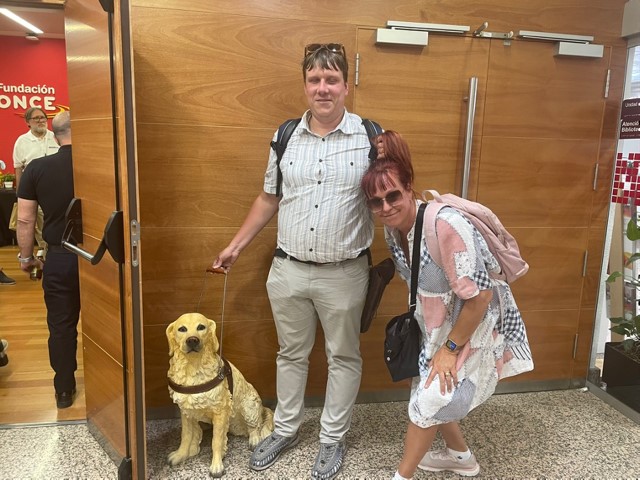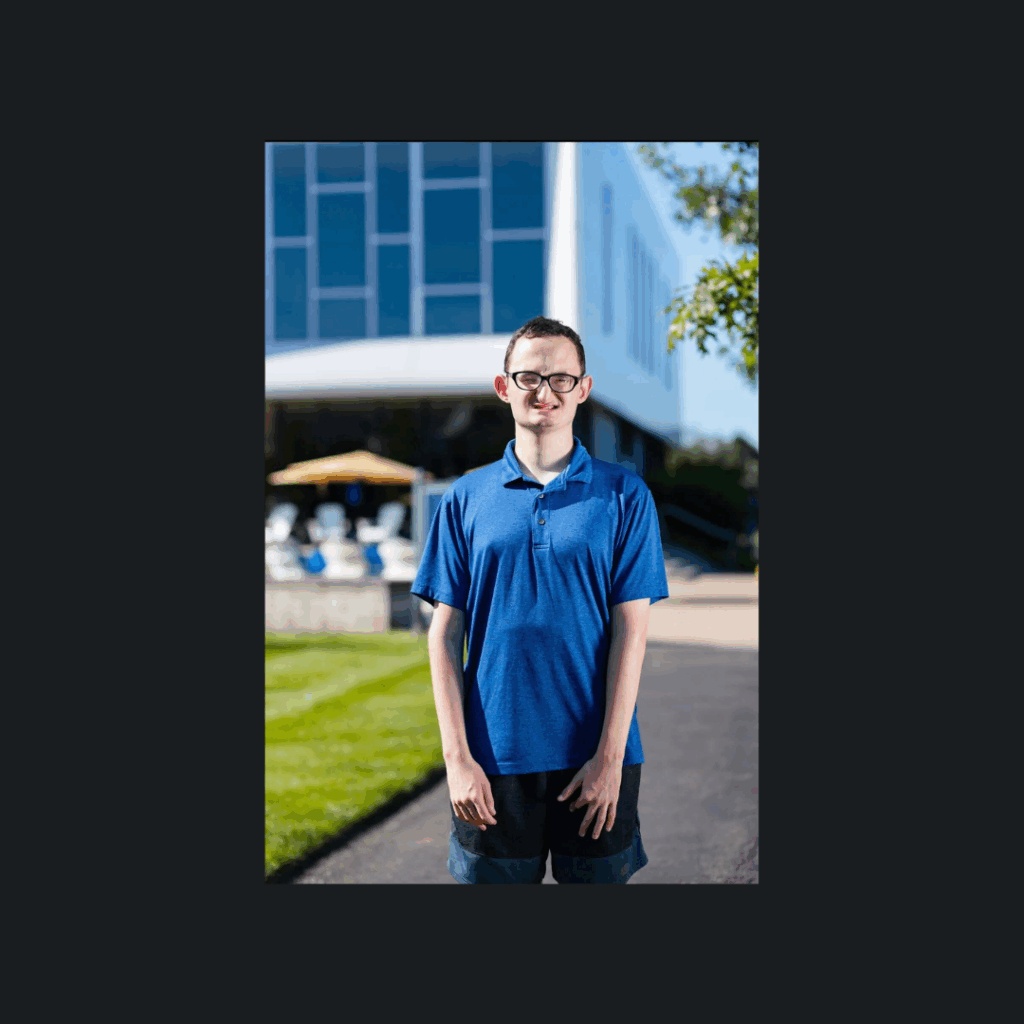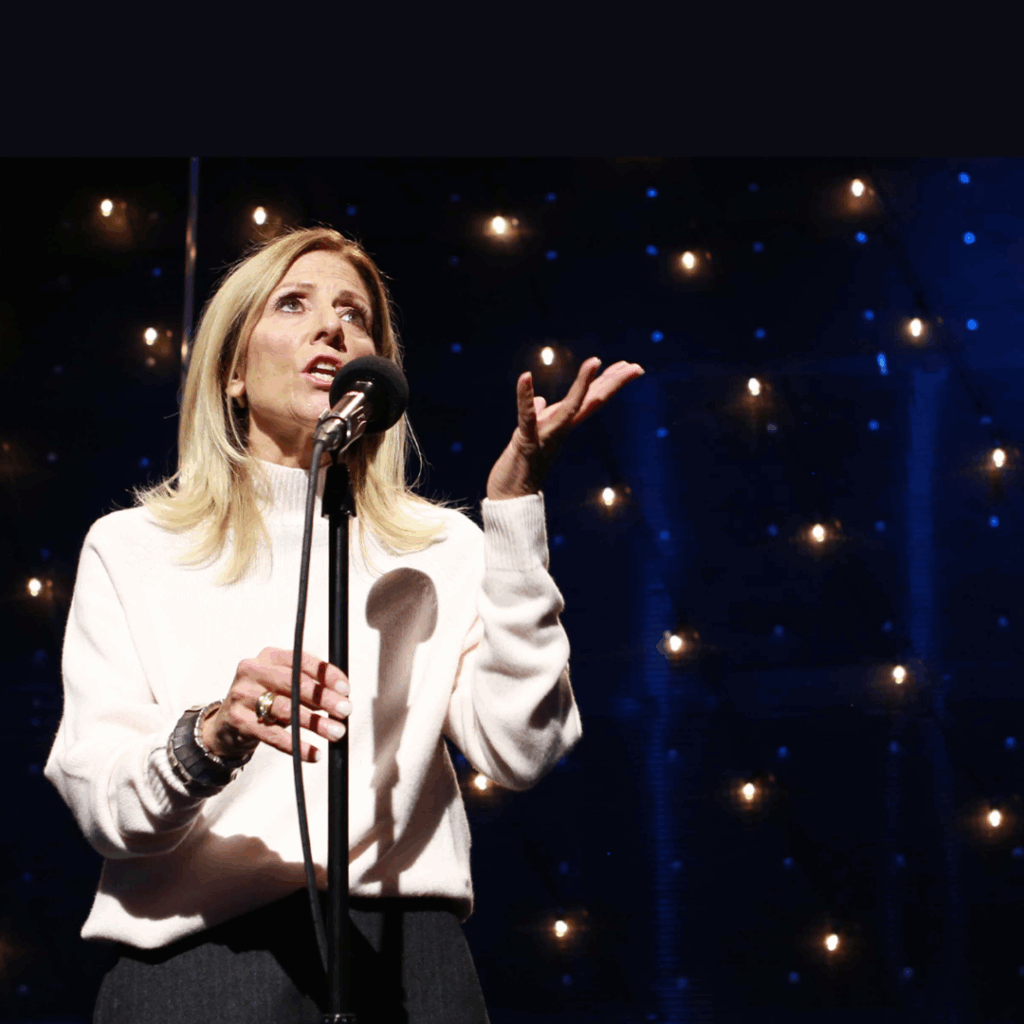Accessibility advocacy has always been important to me. The fact that something is inaccessible to me, yet accessible to others, has troubled me for as long as I can remember.
My parents can recount a few instances of early advocacy from my childhood – like the time when, shortly after I got access to a computer and learned the basics of JAWS, I came home and told them that I had complained to what I soon learned was one of the country’s largest online news sites. I’d written to let them know that I couldn’t tell what was in the pictures accompanying the articles, and asked if they could do something about it.
I never received a response – my email likely got lost in the chaos of Estonia’s news media landscape in the late ’90s. However, my attitude was firmly established. From that point forward, I never hesitated to voice my frustrations about being unable to do the things that everyone else could.
As people grow older, they hopefully become a bit wiser. At least in my case, I realized that merely complaining doesn’t advance anyone’s cause too far. Through my experiences in school, university, and my role as the president of the Estonian Blind Union, I engaged in conversations with a wide range of organizations, companies, designers, creators, developers, artists, movie and theatre directors, curators, architects, and many others.
The pressing need for professional yet user experience-driven expertise on how to make something truly accessible became evident.
Meeting my wife, Maarja, was a turning point, as her experience and perspectives taught me that accessibility often requires a broader approach to be genuinely inclusive. I am sure that many visually impaired individuals have entered a building touted as fully accessible, only to discover ramps and lifts but no tactile, auditory, or otherwise accessible features. Similarly, individuals with low vision may struggle with low contrast and hard-to-see graphics in an app that prides itself on excellent accessibility – but only for screen readers.
Turning accessibility advocacy into action
This realization led to the creation of Sparrow Access (or Ligipääsuke, as we call it in Estonia), with my wife and me leading the way.
Our accessibility consultancy offers training, testing, consulting, and services aimed at creating inclusive experiences by merging the insights of users with disabilities with expert knowledge and best industry practices. Though we are still relatively new, with just over two years under our belt, we have already launched accessible social media campaigns for major Nordic banks, complete with audio descriptions, sign language interpretation, captions, and easy-to-read language.
We have helped some of the country’s top universities make their campuses more accessible, trained hundreds of developers and designers on web accessibility, pioneered inclusive app-based navigation systems in the largest zoo in our country, and collaborated with art museums to make centuries-old paintings come alive to visually impaired visitors.
I truly love my job. It’s fantastic to be able to open doors in barriers, creating pathways that everyone can pass through without even noticing the barrier, which then effectively ceases to exist. I relish the opportunity to create experiences that everyone can enjoy because life is meant for having fun, learning, and working – not for constantly overcoming unnecessary obstacles.
Yet, after all these years, the lack of image descriptions remains the most common issue I encounter when engaging with content creators.
About the author
Jakob Rosin is totally blind accessibility consultant and the co-founder of Sparrow Access, an accessibility consultancy aiming to provide training and expert know-how on providing experiences which are inclusive for all people, no matter the disability.
He is also the president of the Estonian Blind Union and a member of the board at the European Blind Union.
You can follow the Estonian Blind Union on Facebook and X (formerly Twitter).
Lars Bosselmann, Executive Director of the European Blind Union, has also contributed to BlindNewWorld with his #MyBlindStory post, Always on the run: how I became a competitive blind runner.



